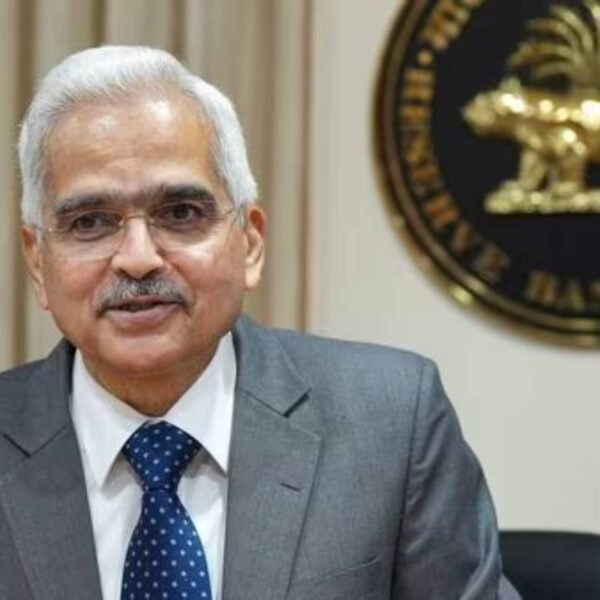A leader doesn’t become great because he is a leader. He is remembered because of the leadership principles he follows. Leadership principles serve as the loom, weaving the fabric that binds employees to an organization. Employee retention, a critical metric of success, hinges on the efficacy of these leadership principles. In this exploration, we delve into the top 10 leadership principles that business owners can harness to not only retain but elevate their workforce. As the backbone of any organization, leaders wield the power to shape a culture of engagement, productivity, and loyalty among employees.
Here Are 10 leadership principles to sustain employee retention:
1. Lead with Transparency: The Foundation of Trust
Transparency is the cornerstone of effective leadership. Communicating openly about the organization’s goals, challenges, and decisions fosters trust. Leaders who embrace transparency create an environment where employees feel valued and informed, strengthening the foundation of employee retention.
2. Foster a Culture of Continuous Learning: Nourishing Growth
Leadership principles that prioritize continuous learning resonate deeply with employees. Investing in professional development and creating opportunities for skill enhancement not only enriches the workforce but also signals to employees that their growth is a priority.
3. Promote Inclusivity and Diversity: A Tapestry of Strength
Inclusive leadership principles recognize and celebrate diversity. Leaders who embrace differences and create an inclusive environment empower employees to bring their authentic selves to work. This sense of belonging significantly contributes to employee satisfaction and retention.
4. Provide Clear Goals and Expectations: Guiding the Way

Clarity in expectations is paramount. Leaders who articulate clear goals and expectations empower employees to align their efforts with organizational objectives. This clarity not only enhances performance but also creates a sense of purpose among employees.
5. Cultivate Open Communication: The Bridge to Engagement
Effective leaders prioritize open communication. Actively listening to employee feedback, concerns, and ideas creates a collaborative environment. Leaders who foster open communication bridge the gap between hierarchical structures, engendering a sense of shared ownership.
6. Recognize and Appreciate Contributions: Nurturing Morale
Principles that acknowledge and celebrate employees’ contributions create a positive work culture. Regular recognition, whether through formal programs or simple gestures, boosts morale and reinforces a sense of value, directly impacting employee retention.
7. Encourage Work-Life Balance: The Key to Longevity

Recognizing the importance of work-life balance is a leadership principle that resonates profoundly with employees. Leaders who prioritize this balance contribute to employee well-being, preventing burnout and fostering a sustainable, long-term commitment to the organization.
8. Lead by Example: Modeling the Way
Leadership principles emphasizing leading by example hold transformative power. When leaders embody the values and work ethic they expect from their teams, it creates a culture of integrity, accountability, and commitment. Modeling the way sets the standard for excellence and inspires employees to follow suit.
9. Empower Decision-Making: Fostering Ownership
Leadership principles that empower employees to make decisions instill a sense of ownership. When employees feel trusted and empowered, they are more engaged and committed to their work. This principle not only enhances job satisfaction but also strengthens employee retention.
10. Adaptability and Flexibility: The Mark of Resilient Leadership
Flexibility within leadership principles is paramount, especially in a dynamic business landscape. Leaders who demonstrate adaptability to change and flexibility in their approaches create a resilient organizational culture. This adaptability trickles down, allowing employees to navigate challenges with confidence.
The Backbone of an Organization: Leaders as the Catalyst
Leaders are the architects of organizational culture, the architects shaping the destiny of their teams. Leadership principles are not merely a set of guidelines but the very essence of a leader’s influence. As the backbone of an organization, leaders set the tone, embodying the values that define the workplace culture.
Linking Employee Performance to Leadership Principles: A Direct Correlation
The impact of leadership principles on employee performance is both profound and direct. Clarity in expectations (Principle 4) provides employees with a roadmap, fostering a sense of direction and purpose that directly influences their performance. Transparent leadership (Principle 1) builds trust, a foundation upon which employees feel secure in taking risks, innovating, and contributing positively to their roles.
Inclusive leadership principles (Principle 3) create a sense of belonging, empowering employees to fully engage with their work. When leaders actively encourage work-life balance (Principle 7), they indirectly contribute to improved employee performance by preventing burnout and ensuring sustained productivity.
Recognition and appreciation (Principle 6) directly impact motivation and morale, influencing employees to consistently deliver their best. Leadership principles that empower decision-making (Principle 9) tap into employees’ potential, fostering a sense of ownership that propels them to go above and beyond.
Room for Flexibility: A Dynamic Leadership Paradigm

Flexibility within leadership principles is not a sign of weakness but a mark of strength. In a world where change is constant, leaders who embrace flexibility demonstrate resilience and adaptability. This flexibility extends to the acknowledgement that employees have diverse needs, work styles, and aspirations.
Empathy, a cornerstone of effective leadership, allows leaders to flex their approach based on the unique needs of individual team members. Recognizing that a one-size-fits-all leadership style may not be conducive to employee retention, flexible leaders tailor their approaches to nurture the strengths of each team member.
Conclusion:
In the grand tapestry of business success, leadership principles are the threads that weave the narrative of employee retention. Leaders, as the custodians of these principles, hold the power to shape a workplace where employees thrive, contribute, and choose to stay for the long haul. The top 10 leadership principles outlined here are not just a list to follow but a guide to building a resilient, engaged, and loyal workforce.
As leaders internalize these principles and make them an integral part of their leadership philosophy, they sow the seeds of not just employee retention but sustainable organizational success. In the evolving landscape of business, where employee loyalty is a precious currency, mastering these leadership principles becomes the strategic imperative for business owners navigating the path to sustained prosperity.









